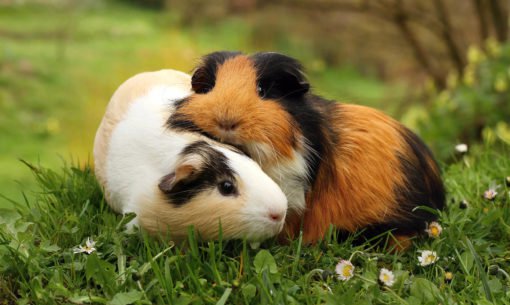Mouse FAQs
If you’re curious to find out more about these lively little creatures, read on. Here we’ve answered some of the most common questions about looking after mice.
When are mice most active?
Mice are crepuscular, which means they are most active at dawn and dusk and tend to sleep during the day.
Can mice eat cheese?
The image of a mouse tucking into a chunk of cheese is a bit of a myth! A very small piece of cheese is ok as an occasional snack, but it’s not particularly healthy and they tend to prefer other treats. Remember that treats should make up a very small part of their daily intake, and mice need a nutritionally balanced complete pet food alongside plenty of fresh water. Mice also love to forage, and you can mimic this by hiding their food and treats around their cage.
What temperature should mice be kept at?
In general, room temperature inside a UK house should be suitable for mice. However, care should be taken that the temperature does not drop too cold over winter and it is best to aim for an ambient temperature of around 20-24C. Keep in mind that they will need plenty of nesting material to help with their body temperature regulation. This is due to the thermoneutral zone (TNZ) of mice, the temperature range in which their normal metabolic activities are enough to keep them warm. The TNZ of mice is higher than room temperature, around 30C, and bedding material helps them to keep their nest closer to these temperatures. Keep in mind that if the room becomes too hot, there nest will be even hotter – so temperatures of over 30C can cause significant heat stress to your pets. Speak to your local pet retailer for advice on keeping your small pets cool on hot summer days.
Interested in more pet frequently asked questions?
Try our tasty pet foods today!
Pets devour over 200 million portions of our pet food and treats every year. If your pet hasn’t tried our food yet, you can find out more about our irresistibly tasty small pet food and treats here.



